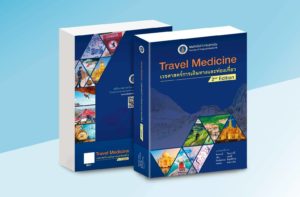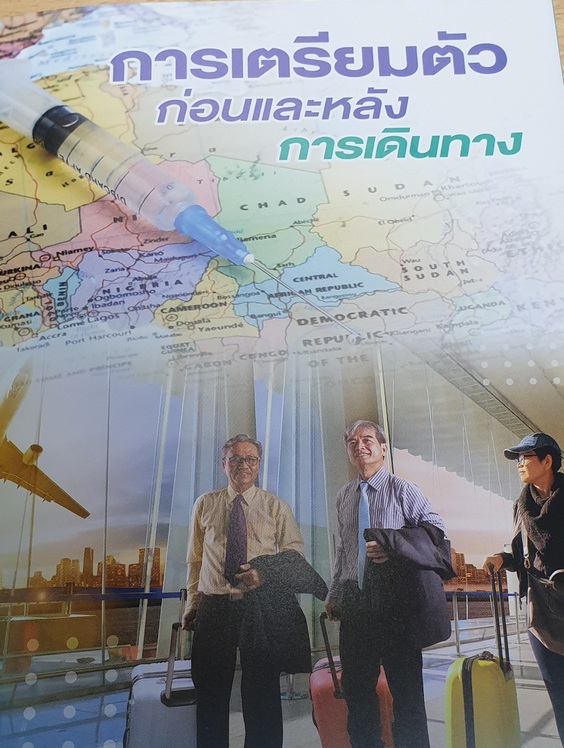“What is the chance to get dengue infection while traveling in Southeast Asia?” is a very good question. But it is difficult to answer. Since at least we have to know two numbers; the first one is the total number of travelers in Southeast Asia and secondly we have to know how many of them actually got dengue infection during their trip.
To get these two numbers precisely is not easy since there are many limitations as you might imagine. However, base on previous researches, the risk to develop dengue infection (symptomatic) among travelers is considered to be around 1% per month [1]. The majority of cases (more than 90%) will be mild, only small percentage of cases will develop severe disease [2,3,4]. Fatal dengue cases among travelers are rare.
At this point, several questions may arise such as;
1. So how could we prevent dengue?
The best way is to prevent yourself against mosquito bite. Please use insect repellent, especially DEET containing repellent. Since it is the most reliable and effective compound. And please keep in mind that mosquito that transmitted dengue exists everywhere in Southeast Asia including in major cities. Two dengue vaccines are currently available in Thailand. But it is not recommended to use in travelers.
2. What happen if I am bitten by a mosquito?
Firstly, don’t panic. Not all mosquito carry dengue virus. And even you expose to dengue virus, you might have no symptom or develop only mild disease. However, if you do develop high fever during your trip in Southeast Asia, you should go to see a doctor.
3. Which hospital in Thailand that could take care dengue cases?
Dengue is a very common disease in Thailand. Doctors in Thailand and also in Southeast Asia are quite familiar with dengue infection. So virtually all hospital in Thailand is able to manage dengue case. However, in some severe or complicated cases, referral to secondary or tertiary care center may be necessary.
4. “The risk to get dengue seems to be very high for me, should I travel in in Southeast Asia?”
First thing to say is, we could not totally eliminate the risk. Risks are everywhere. Such as, if you decide to travel, you have to accept many risks, starting from the risk of transportation accidents, risk of being robbed, risk to get some diseases from the destination, etc. We should try our best to reduce the risk. Risk is not to afraid or panic. Risk is just to be understood and managed.
References:
1. Steffen R, Amitirigala I, Mutsch M. Health risks among travelers–need for regular updates. J Trav Med 2008; 15(3):145-6.
2. Jelinek T, Muhlberger N, Harms G, et al. Epidemiology and clinical features of imported dengue fever in Europe: Sentinel Surveillance data from TropNetEurop. Clin Infect Dis 2002;35:1047-52.
3. Laferl H, Szell M, Bischof E, Weinisch C. Imported dengue fever in Austria 1990-2005. Trav Med Infect Dis 2006;4:319-23.
4. Wichmann O, Muhlberger N, Jelinek T. Dengue-the underestimated risk in travellers. Dengue Bull 2003;27:126-37.


Good point. I hadn’t touhght about it quite that way. 🙂